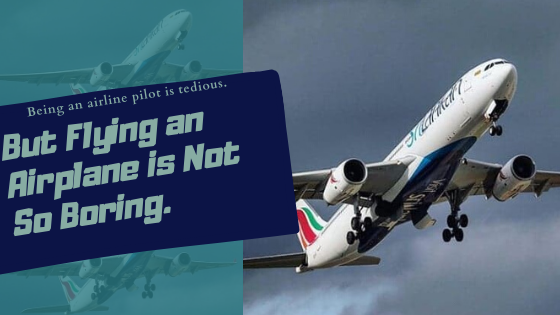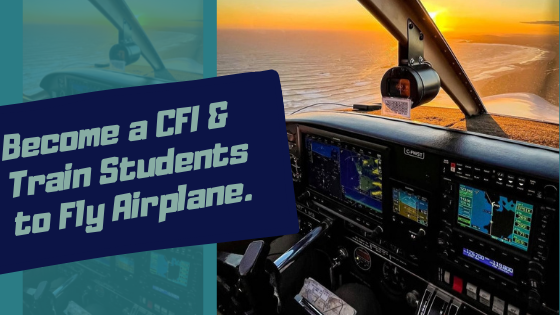Essentials of cross-country flight training with the FAA.
According to the Federal Aviation Administration (FAA), a cross-country flight is any flight conducted by an aircraft that involves navigation over a distance greater than 50 nautical miles from the point of departure.
The purpose of a cross-country flight is typically to travel between two points, requiring effective navigation, flight planning, and decision-making skills.
For student pilots, cross-country flights play a crucial role in their training as they provide practical experience in applying navigation techniques, flight planning, and fuel management.
During cross-country flights, students learn to integrate various elements, such as weather conditions, airspace considerations, and airport facilities, into their decision-making process.
The FAA places specific requirements on cross-country flights for training purposes, including a minimum distance that must be covered and at least one leg distance greater than 50 nautical miles.
Additionally, student pilots must demonstrate proficiency in navigation techniques, use of navigational aids, and proper communication with air traffic control.
As a Certified Flight Instructor (CFI), guiding and evaluating students during cross-country flights is essential, emphasizing the importance of pre-flight planning, situational awareness, and adherence to regulations.
The goal is to instill in students the ability to conduct safe and efficient cross-country flights while developing the skills necessary for future solo and private pilot operations.




